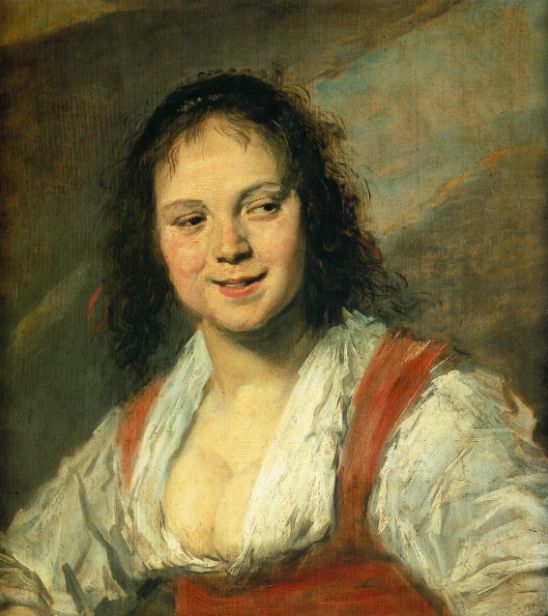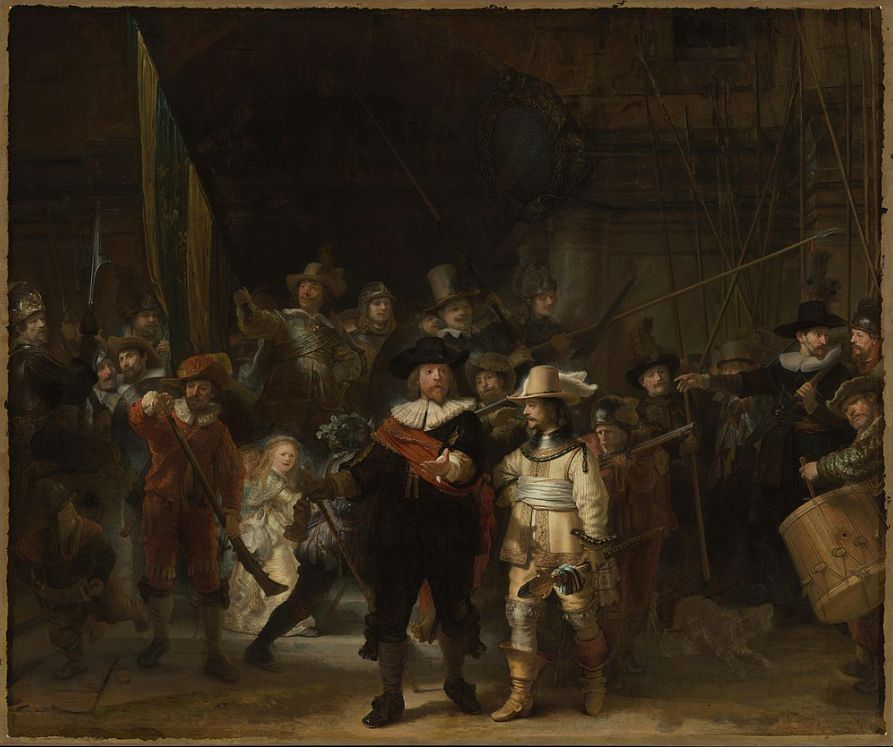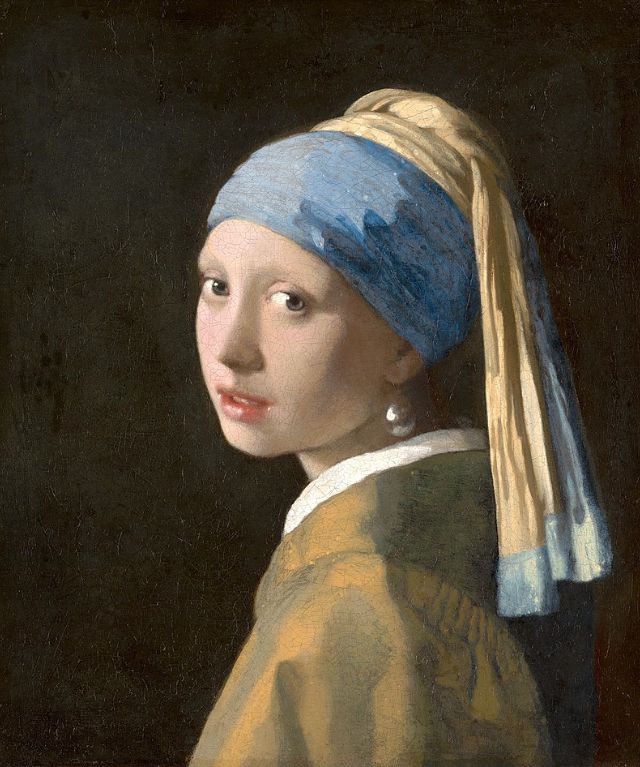The 17th century marked the rise of the Dutch Republic, a significant turning point in European history. During this period, the Spanish Empire gradually declined, and the Thirty Years' War (1618-1648) devastated the Holy Roman Empire, leaving Germany in ruins. The Netherlands, along with six other Low Countries provinces, broke away from Spanish rule during the Eighty Years' War (1579-1609) and eventually became one of Europe's wealthiest and most progressive nations. Dutch prosperity was primarily based on family-run enterprises and global maritime trade, similar to the developments in England, where parliamentary principles were gradually being accepted.
Dutch success was evident not only in the economy but also in science and the arts. The 17th century witnessed many significant astronomical and mathematical discoveries. Francis Bacon (1561-1626) introduced the experimental method and inductive reasoning, widely accepted by the late 16th century. Most importantly, Western philosophy finally broke free from the dominance of Plato and Aristotle. French philosopher René Descartes' (1596-1650) "Discourse on Method" (1637) established a new theory of knowledge, epitomized by his famous declaration, "I think, therefore I am," which emphasized the reliability of individual thought. Although Descartes was French and a Catholic, he wrote and published his works in the Netherlands.
At the same time, Dutch art reached its zenith, known as the Dutch Golden Age. Dutch art was characterized by its realistic portrayal of landscapes, portraits, and everyday life, reflecting an exquisite attention to detail. Masters like Frans Hals (1582-1666), Rembrandt van Rijn (1606-1669), and Johannes Vermeer (1632-1675) created numerous masterpieces during this period, showcasing not only their technical prowess but also the rich diversity of Dutch society.

Frans Hals was renowned for his vivid portraits, capturing the expressions and movements of his subjects, making them appear almost lifelike. Rembrandt was famous for his profound psychological insight and masterful use of light and shadow. His works, such as "The Night Watch" and "Man with a Golden Helmet," are not only artistic masterpieces but also reflections on the depth of human nature. Vermeer, known for his serene atmosphere and precise light handling, created works like "Girl with a Pearl Earring" and "The Art of Painting," which highlight the poetic beauty of everyday life.

The flourishing of Dutch art was supported by its economic and social environment. The 17th-century Netherlands was a relatively relaxed and tolerant society, allowing people of different faiths and backgrounds to live and work there. This open environment fostered the exchange of ideas and culture, driving artistic development. Moreover, Dutch cities such as Amsterdam and Rotterdam became major trade and cultural centers, attracting numerous artists and merchants. These cities provided a thriving market for art, enabling wide dissemination and sale of artworks, creating a vibrant art market.

Art was not just the preserve of nobles and wealthy merchants; ordinary citizens also showed great interest and demand for art. The thriving Dutch art market included not only affluent merchants and professional collectors but also ordinary citizens as buyers. This broad demand for art fueled artists' creativity, making the Netherlands one of the most important artistic centers in Europe at the time.
Dutch artists, building on the Renaissance tradition, developed a distinctive artistic style that influenced the entire European art scene. The success of the Dutch experience demonstrated the significant impact of free enterprise and an open society on cultural prosperity, providing valuable lessons for future generations. The Dutch Golden Age of art not only left a rich cultural heritage for future generations but also showcased the crucial role of art in social development.
In this century of change and innovation, the Dutch Republic wrote an important chapter in European history in its unique way, making an indelible contribution to the world's cultural heritage. The artistic achievements of the Netherlands are not just a part of its own history but have become a valuable treasure for all humanity.